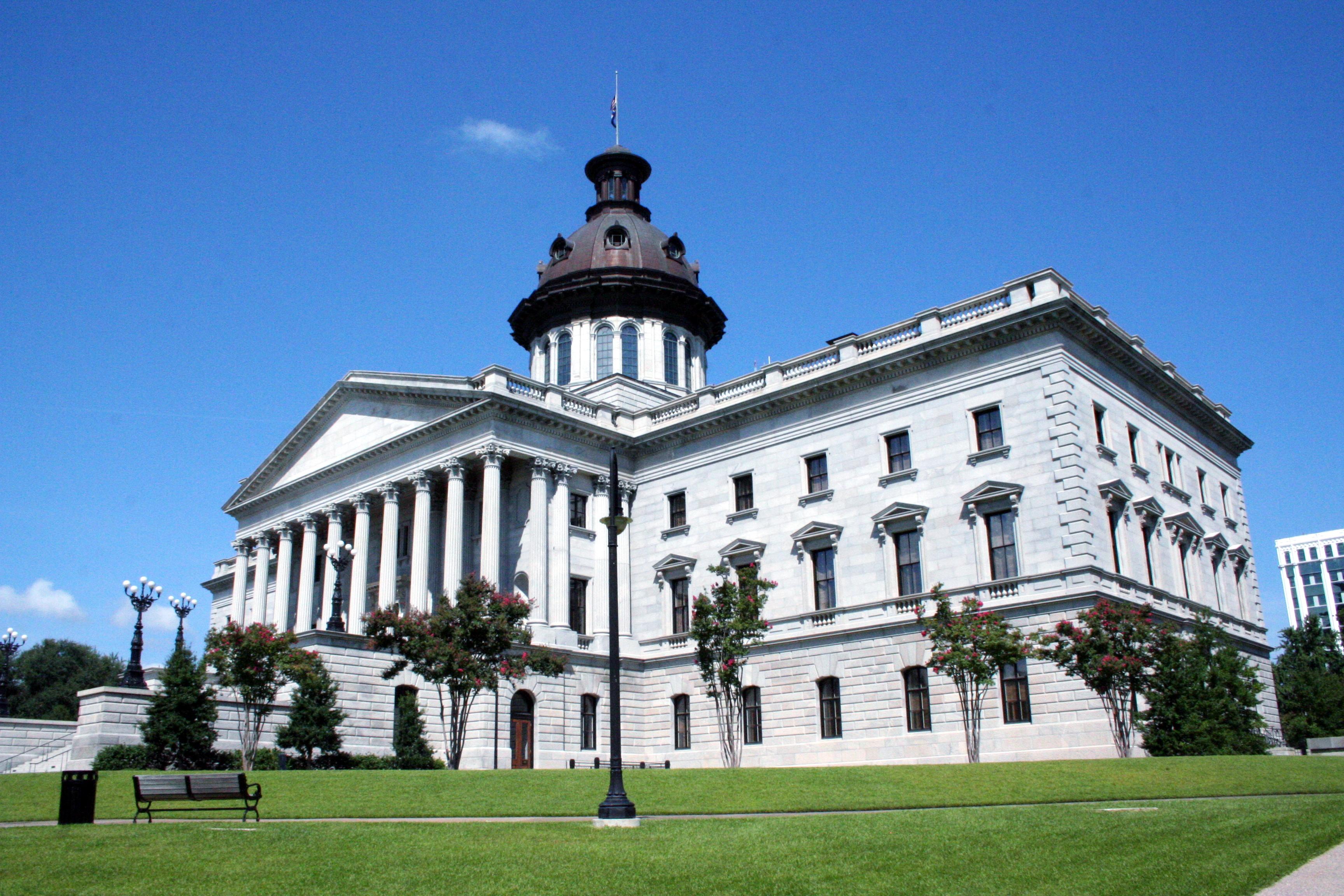Will constitutionally-suspect language restrict Governor’s CARES Act funds?
An old fight, in a new arena…?
Turf battles between the Governor and General Assembly are nothing new in the Palmetto State. Due to a relatively weak executive branch established by our state’s Ben Tillman-era constitution, more often than not, the Governor ends up with the short end of that stick.
The specter of The Legislative State showed itself in the fine print of a proposed Continuing Resolution (CR) that the General Assembly is considering this week.
This small but important provision raises questions similar to those that surfaced in 2008, as then-Governor Mark Sanford battled with the General Assembly over whether or not to apply for certain American Recovery and Relief Act (ARRA) stimulus funds.
But this time the question isn’t whether to accept the federal funds, but who should control them when they arrive.
The CARES Act—recently passed by Congress to help alleviate COVID-19’s impact on health and the economy—provides over $30 billion in an Education Stabilization Fund to assist with the fall-out in K-12 and higher education.
A small portion of this—if $3 billion is small— is designated to the “Governor’s Emergency Education Relief Fund.” Under the CARES Act provisions, Governors may submit applications to the U.S. Department of Education to receive these funds, outlining how it would be used in compliance with the law’s intent in their specific state.
The proposed state Continuing Resolution addresses these federal funds flowing into state coffers, giving broad, general authority to state boards, commissions, agencies, departments, and institutions of higher learning to:
“…receive funds directly from the federal government in response to the 2019 Novel Coronavirus (“COVID-19”)” and spend them for “…preparedness and response and in accordance with applicable federal laws and regulations.”
Then the CR turns to how the Governor is to handle federal CARES funds:
“…the Governor may direct the expenditure of funds from the account if the expenditure of those funds is (1) necessary and appropriate for the health, safety, and welfare of the public in response to the COVID-19 pandemic and (2) in accordance with federal law.”
But that’s not all. The section goes on to require the Governor to submit his plan for the use of these funds to the Joint Bond Review Committee (JRBC)—a standing 10-member panel of Senate and House members chaired by Senator Hugh Leatherman—for their review and comment. It further directs that if an emergency prompts the Governor to immediately release monies, he must provide an explanation to the JBRC for why he did so.
This raises some interesting constitutional questions:
- Can the General Assembly bind the Governor’s action in this way contra the will of Congress?
- Why should the Governor be held to a stricter standard for disbursement of CARES funds than state agencies?
- Can the General Assembly add new conditions to existing federal requirements for the use of CARES funds where no provision for the addition of new restrictions has been made?
For some preliminary guidance, we hopped into our Way-Back-Machine and pulled out an Attorney General’s opinion published on March 31, 2009, written—in an interesting twist of fate—by then-Attorney General Henry McMaster.
While the specifics of the 2009 skirmish were different, at least one broad principle emerges. Namely, that the General Assembly can’t delegate the authority of the whole legislature to a subset of its members, such as the JRBC, in the expenditure of federal funds. An extended section of Attorney General McMaster’s opinion that begins on Page 10 is worth excerpting here on this point:
[The] McInnis [case], as here, involved the power to expend federal funds. In McInnis, the Court addressed the constitutionality of the statute creating the Joint Appropriations Review Committee (JARC), composed of certain members of the General Assembly. The Court noted that “[t]he inspiration for the creation of JARC arose from the fact that the federal government has, in recent years, after the appropriations bill had been approved, allocated substantial sums of money by way of revenue sharing, etc. to departments of South Carolina government and local government entities.” Agencies were not only receiving and spending “appropriations which the legislature meant for them to have, but, in addition, substantial federal contributions.” 278 S.C. at 314. Thus, JARC was enacted as a means for “controlling departmental programs and appropriations.” Id.
The Court then addressed the constitutional problems under the separation of powers provision created by enabling certain members of the General Assembly, through JARC, to approve federal grant monies before such monies could be spent by agencies within the executive branch. In the [McInnis] Court’s opinion,
[a]n agency, by applying for and receiving grants, for all intents and purposes was, by indirection, coming to determine programs and policy matters which were the province of the General Assembly. The net effect was that the Assembly was not, in the last analysis, determining the total amount of money expended by state agencies. JARC, by exercising the powers allocated to it, makes determinations that should be those of the entire General Assembly. This it undertakes to do, not through a legislative process, as it surely could, but through the administration of appropriations which is the function of the executive department. The desirability of the General Assembly’s “getting a handle” on these matters is understandable and appropriate but its effort to control these matters through a committee of twelve of its members is constitutionally impermissible. [emphasis added]
Thus, McInnis makes it clear that the General Assembly possesses broad latitude “to determine programs and policy matters” and to determine “the total amount of money expended by state agencies.” Such power, however, must be exercised by the “entire General Assembly.” On the other hand, the Court stressed that the “administration of appropriations … is the function of the executive department.”
In our view, the proposed CR language directed at the Governor creates Constitutionally-suspect, not to mention unnecessary, layers of micromanagement that could potentially slow the disbursement of funds when and where they are most needed. Adding these additional steps does nothing to add transparency to the process, as the Governor must already submit a plan for expending the funds to even receive them in the first place.
So far as we know, the extra fiscal hoops forced on the Governor through this urgent Continuing Resolution legislation (which allows the state to operate past July 1 until a permanent budget can be adopted) has not generated controversy within the Executive or Legislative Branch. And, in these times, we certainly aren’t looking to create division between the Governor and the General Assembly.
But we must raise the Constitutional question as to whether a federal law creating a “Governor’s” fund can be constrained by a legislature, particularly a small committee of it. In this case, it is not only Constitutionally questionable, but unhelpful to the mission to get assistance to those who need it most quickly.





